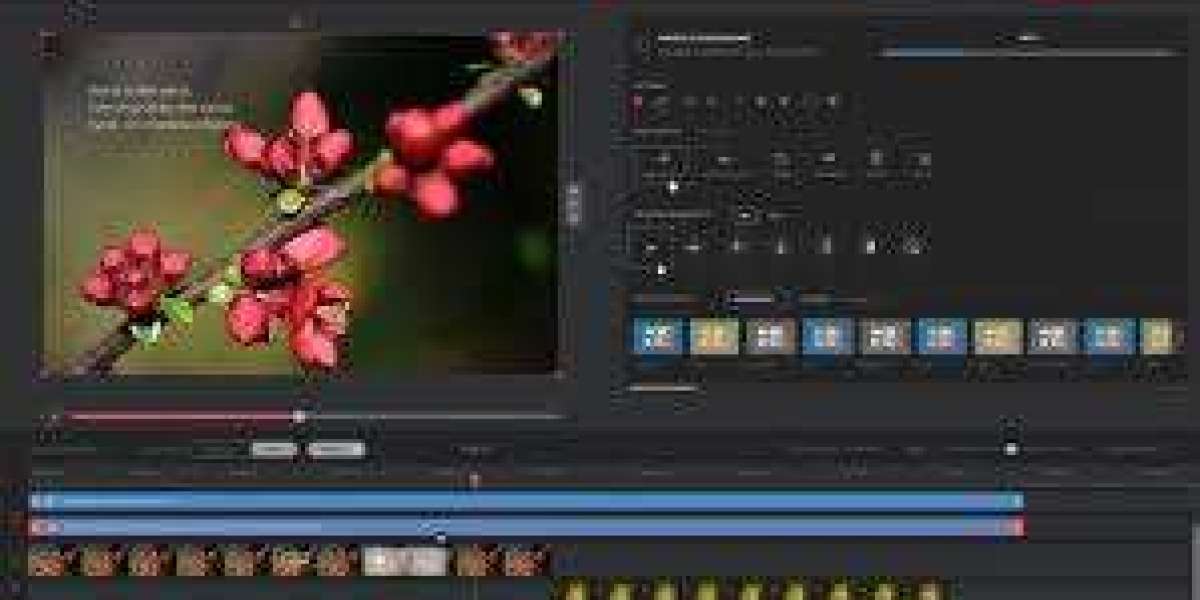In today's digital age, the demand for skilled video editors is skyrocketing, especially in countries like Pakistan where the media and entertainment industry is rapidly growing. Aspiring filmmakers, content creators, and enthusiasts are eager to learn the art of video editing to unleash their creativity and produce captivating visual content. If you're based in Pakistan and looking to kickstart your journey into the world of video editing, understanding the fundamental concepts is crucial. In this comprehensive guide, we'll delve into the key concepts of video editing, focusing on cuts, transitions, and effects, to provide you with a solid foundation for your video editing course in Pakistan.
Understanding Cuts in Video Editing
Cuts are the building blocks of video editing, serving as the foundation upon which a coherent narrative is constructed. A cut is a transition from one shot to another, creating a seamless flow of visuals. In a video editing course in Pakistan, students learn various types of cuts, including:
1. Straight Cut: Also known as a hard cut, this is the most basic type of cut where one shot abruptly transitions to the next without any visual effects.
2. Jump Cut: A jump cut involves the removal of a portion of a shot, resulting in a discontinuous visual jump. It's commonly used for pacing and to create a sense of urgency or excitement.
3. Cross Cut: Cross-cutting, also known as parallel editing, is the technique of alternating between two or more scenes that are happening simultaneously but in different locations. It's often used to build tension or convey multiple storylines.
4. Match Cut: A match cut is a transition between two shots that are visually similar, creating a smooth and cohesive transition between scenes. It's effective for highlighting thematic or visual parallels.
5. L Cut and J Cut: L cuts and J cuts involve extending the audio from one clip into the next, creating a seamless transition between the audio and visual elements.
Exploring Transitions Techniques
Transitions play a vital role in video editing, facilitating smooth progressions between shots and enhancing the overall viewing experience. In a video editing course in Pakistan, students are introduced to a variety of transition techniques, including:
1. Fade: Fades involve gradually transitioning from one shot to another by increasing or decreasing the opacity of the footage. Common types of fades include fade in and fade out, which are used to indicate the beginning or end of a scene respectively.
2. Dissolve: Dissolves blend two shots together by gradually transitioning from one to the other, creating a dreamy or nostalgic effect. It's often used for smooth transitions between scenes or to denote the passage of time.
3. Swipe: Swipe transitions involve moving one shot across the screen to reveal the next shot underneath. It adds dynamism and energy to the edit, making it suitable for fast-paced sequences or action scenes.
4. Zoom: Zoom transitions zoom in or out of the frame to transition between shots. It's a versatile transition effect that can convey emphasis, intimacy, or a change in perspective.
5. Wipe: Wipe transitions involve one shot replacing another by wiping across the screen in a particular pattern. It's a classic transition effect that adds a sense of style and sophistication to the edit.
Harnessing the Power of Effects
Effects are the creative tools that allow video editors to enhance their footage, manipulate visuals, and evoke emotions in the audience. In a video editing course in Pakistan, students learn to utilize a wide range of effects, including:
1. Color Grading: Color grading involves adjusting the color and tone of the footage to achieve a desired look or mood. It's a powerful tool for enhancing the visual aesthetics of a video and establishing its overall atmosphere.
2. Motion Graphics: Motion graphics are animated graphic elements that can be added to a video to convey information, enhance storytelling, or simply add visual interest. They range from simple text overlays to complex animations.
3. Visual Effects (VFX): Visual effects encompass a wide range of techniques used to create or manipulate visuals that cannot be achieved through conventional filming methods. This includes CGI (Computer-Generated Imagery), green screen compositing, and digital matte painting.
4. Transitions Effects: Transition effects, such as glitch, blur, or light leaks, add flair and personality to the edit, making it more engaging and visually appealing. They can be used to punctuate scene changes or convey a specific mood or style.
5. Audio Effects: Audio effects, such as sound effects, music, and voice modulation, play a crucial role in enhancing the auditory experience of a video. They can add depth, emotion, and realism to the footage, enriching the overall viewing experience in video editing course.
Conclusion
Mastering the key concepts of video editing, including cuts, transitions, and effects, is essential for aspiring filmmakers and content creators in Pakistan. By understanding how to effectively utilize these techniques, you can elevate your videos to new heights and captivate your audience with compelling visual storytelling. Whether you're pursuing a career in the media industry or simply passionate about creating videos, a solid foundation in video editing will open up endless opportunities for creative expression and artistic innovation. So, enroll in a video editing course in Pakistan today and embark on a transformative journey into the exciting world of video editing!








